Caught in the middle
The US and China are closing in on a narrow trade deal to avoid further tariff increases. Despite the truce, underlying tensions will continue over the technology sector. This poses a difficult situation for the EU, which has come to rely increasingly on Chinese technology.
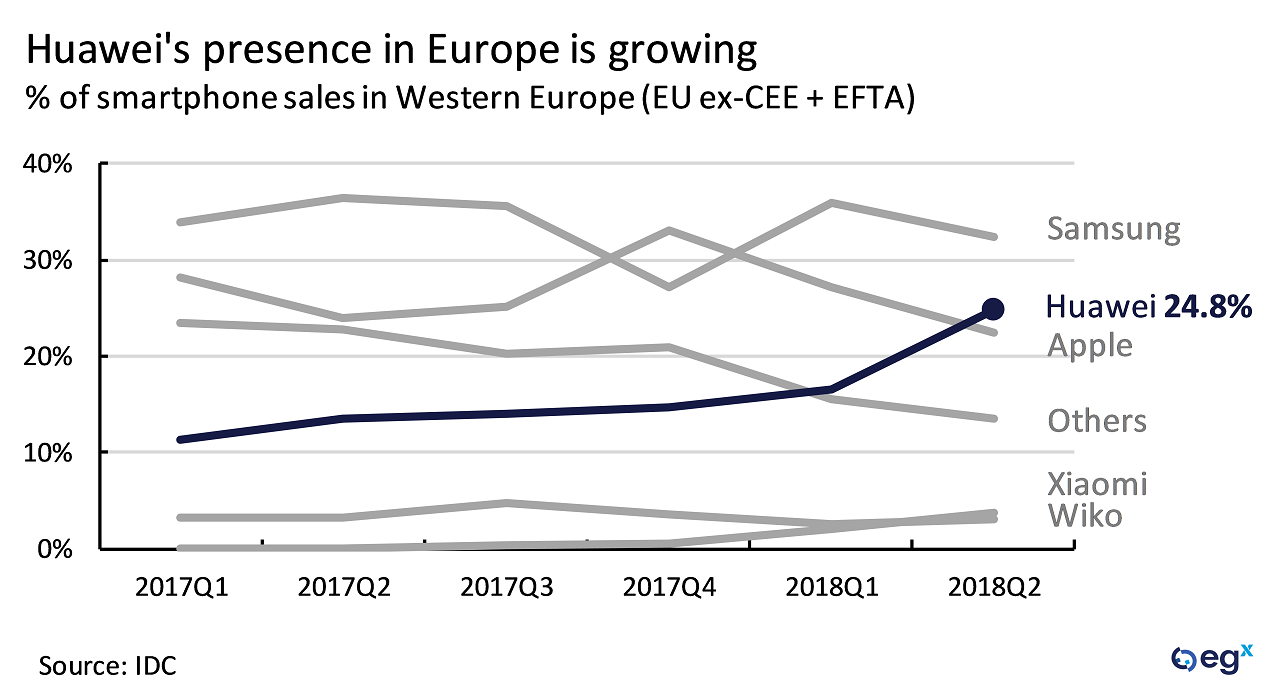
The EU is being pushed to choose a side in the US-China rivalry in the development of 5G networks. Recent flashpoints indicate that national security concerns over Huawei are increasing in importance, even if an alternative supplier means a costlier and delayed rollout of telecom networks.
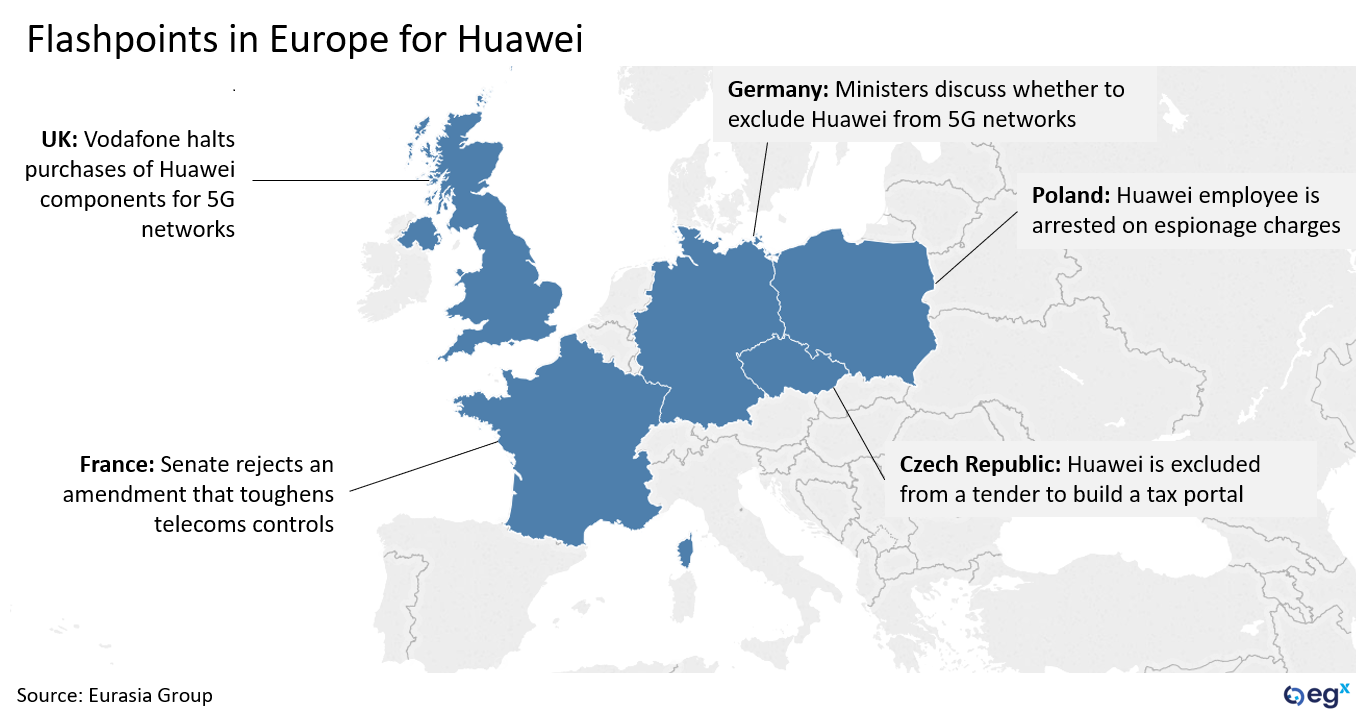
Worries about Chinese technology not only stem from cybersecurity concerns, but also from China's national industrial policy. China has made some steps toward market liberalization over the past year, but is unlikely to move away from policies in its core 'Made in China 2025' strategy, which are the key barriers to closer EU-China trade ties.
 Difficult decisions ahead
Difficult decisions ahead
An easing of US-China trade tensions could mean that President Trump refocuses his attention on the EU. Trump is likely to return to the core issue of the automobile sector, leveraging the Section 232 auto tariffs in order to push for progress in negotiations.
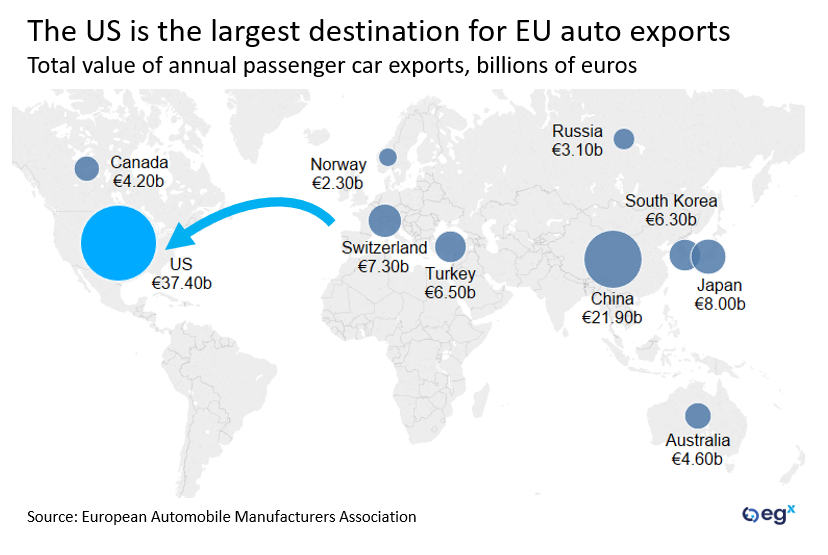
The Trump administration seeks to reduce the trade deficit between the two partners and to open up the EU market to US agricultural products.
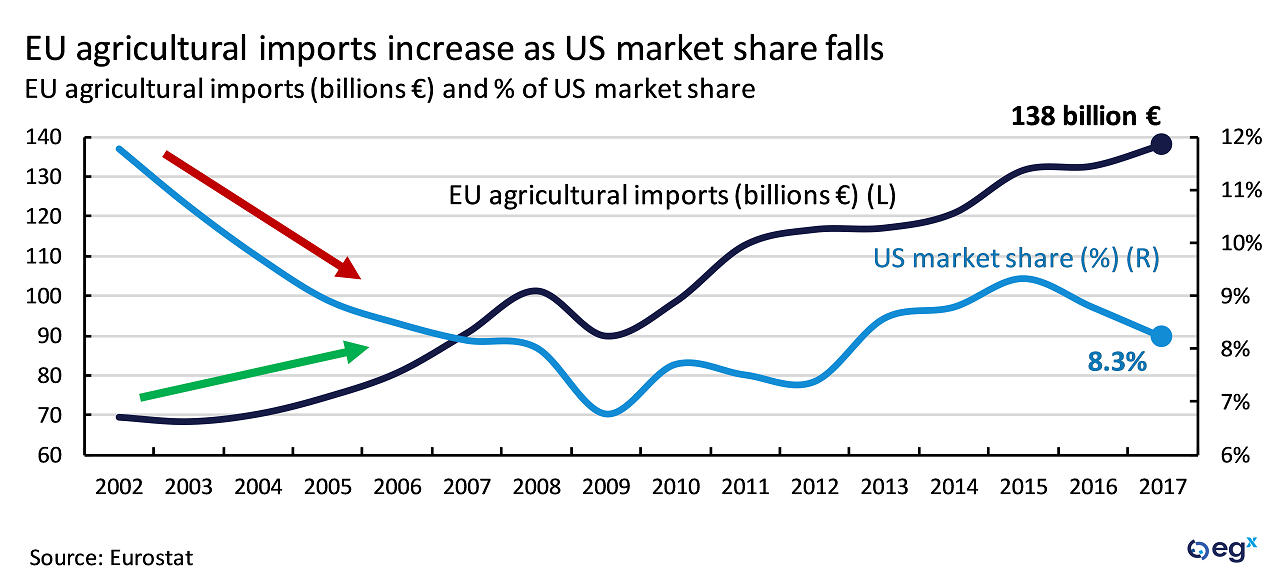
The US-China conflict leaves the EU caught in the middle, with risks of antagonizing both of its largest trading partners.
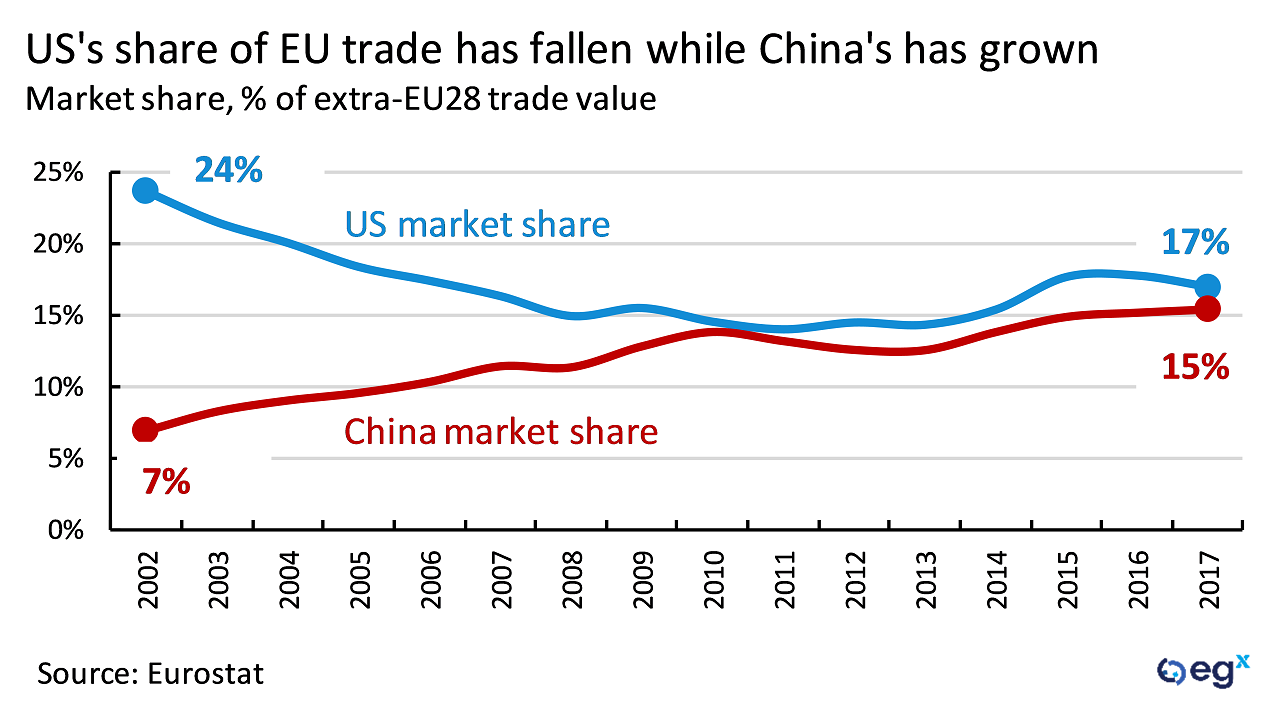
The tensions over trade and technology will overlap and likely come to a head in the auto industry, where the next generation of cars will rely heavily on technologies where China is currently leading.
The role of technologies like 5G, AI and autonomous vehicles may make a compelling case for the US to treat the auto industry as a national security concern, justifying the 232 tariffs.
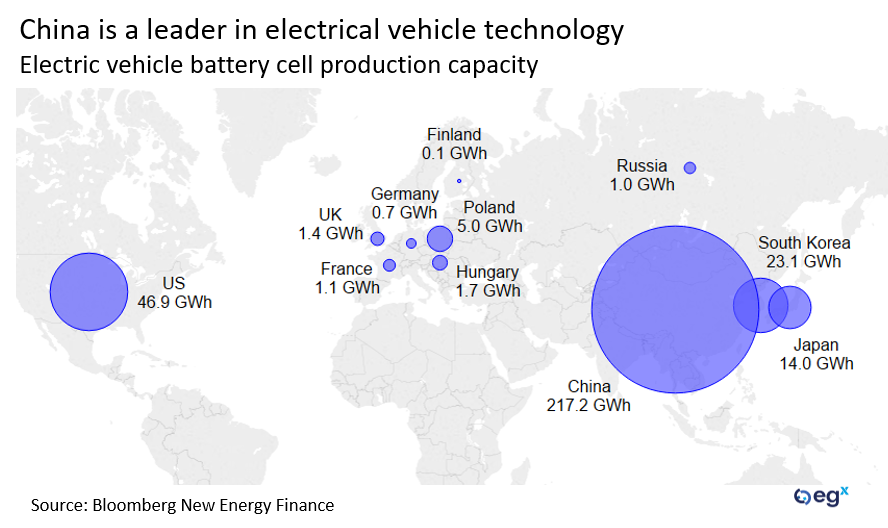
The EU could find itself in the middle of both US and Chinese import substitution programs. Ultimately, the EU's position in the technology cold war will be a critical variable in resolving its trade dispute with the US.







